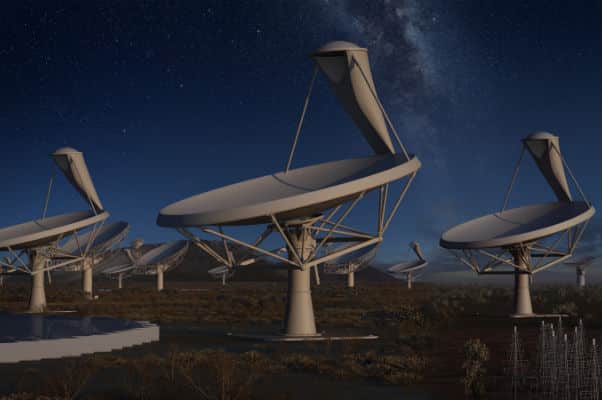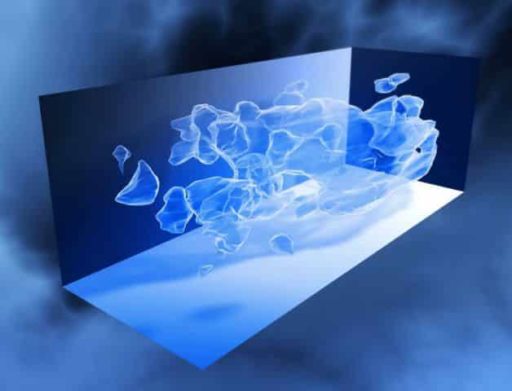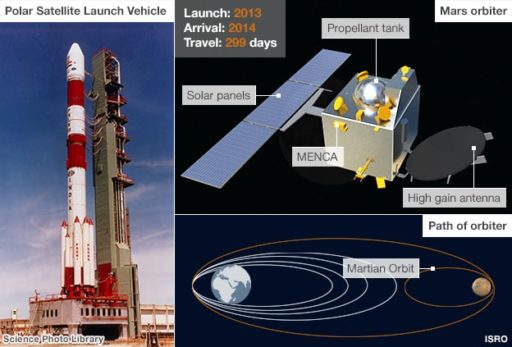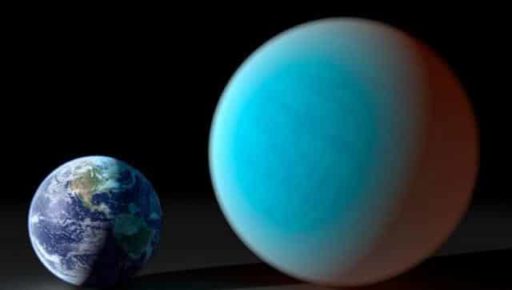Scientists have already detected super-rare particles such as the Oh-My-God particle on Earth. But it’s really hard to detect the origin of those super-rare particles. So now, scientists from the University of Southampton in England have planned to turn the Moon into a giant particle detector which they believe will be helpful to detect Ultra-High-Energy (UHE) cosmic rays – the most energetic particles in the Universe.
In astroparticle physics, an ultra-high-energy cosmic ray (UHECR) is a cosmic ray particle with a kinetic energy greater than 1018 eV, far beyond both its rest mass and energies typical of other cosmic ray particles. An extreme-energy cosmic ray (EECR) is an UHECR with energy exceeding 5×1019 eV (about 8 joule), the so-called Greisen–Zatsepin–Kuzmin limit (GZK limit). This limit should be the maximum energy of cosmic ray particles that have traveled long distances (about 160 million light years), since higher-energy ray particles would have lost energy over that distance due to scattering from photons in the cosmic microwave background. It follows that EECR could not be survivors from the early universe but are cosmologically “young”, emitted somewhere in the Local Supercluster by some unknown physical process.
On the other hand, the particles that make up UHE cosmic rays are unlike anything scientists have ever seen. No one knows where they come from or how they get their incredible amounts of energy. But they do have a kinetic energy which is greater than that of any other cosmic ray particles and they can only be detected on Earth at a rate of less than one particle per square kilometer per century. Oh-My-God particle was detected in 1961 with an energy of 3×1020 eV, which is the equivalent of a baseball traveling at 62 miles per hour (100 km/h) – an alarming amount of energy to stuff into a subatomic particle.
So these extremely weird particles are super-rare and hard to detect, and on Earth, scientists can only find them when they make contact with the upper atmosphere. When this happens, they trigger a burst of secondary particles that give off radio waves that last just a few nanoseconds. Which isn’t exactly a lot of data to work from when you’re trying to understand what’s up with these particles. But on the Moon, the chances of scientists picking up on the traces of high-energy UHE particles are much greater.
Lets say, the rays hit the surface of the 19 million square kilometres (7.3 million square miles) near side of the Moon. At then they will give off bursts of radio waves which will be detected by the 33,0000 square kilometer (12,700 square mile) giant Square Kilometer Array (SKA) spread across South Africa and Australia. In effect, this will turn the Moon into the largest-ever reflecting telescope with the SKA array acting as the eyepiece.
While it’s still in the process of being built, the SKA radio telescope will be the world’s largest radio telescope; a conglomeration of several thousand antennas linked together by high bandwidth optical fiber. Australia and South Africa will each host different components, and when completed, the SKA will be 50 times as sensitive as the best radio telescopes we have now, and will be able to survey the Universe at speeds 10,000 times faster.
Justin Bray, one of the researchers said, “Cosmic rays at these energies are so rare that you need an enormous detector to collect a significant number of them – but the Moon dwarfs any particle detector that has been built so far. If we can make this work, it should give us our best chance yet to figure out where they’re coming from.”
Once they get their Moon-SKA particle detector up and running, the team at the University of Southampton hopes to detect around 165 UHE cosmic rays every year, compared to the 15 per year that are currently observed.
Source: University of Southampton
Thanks To: Gizmag
[ttjad keyword=”dslr-camera”]




